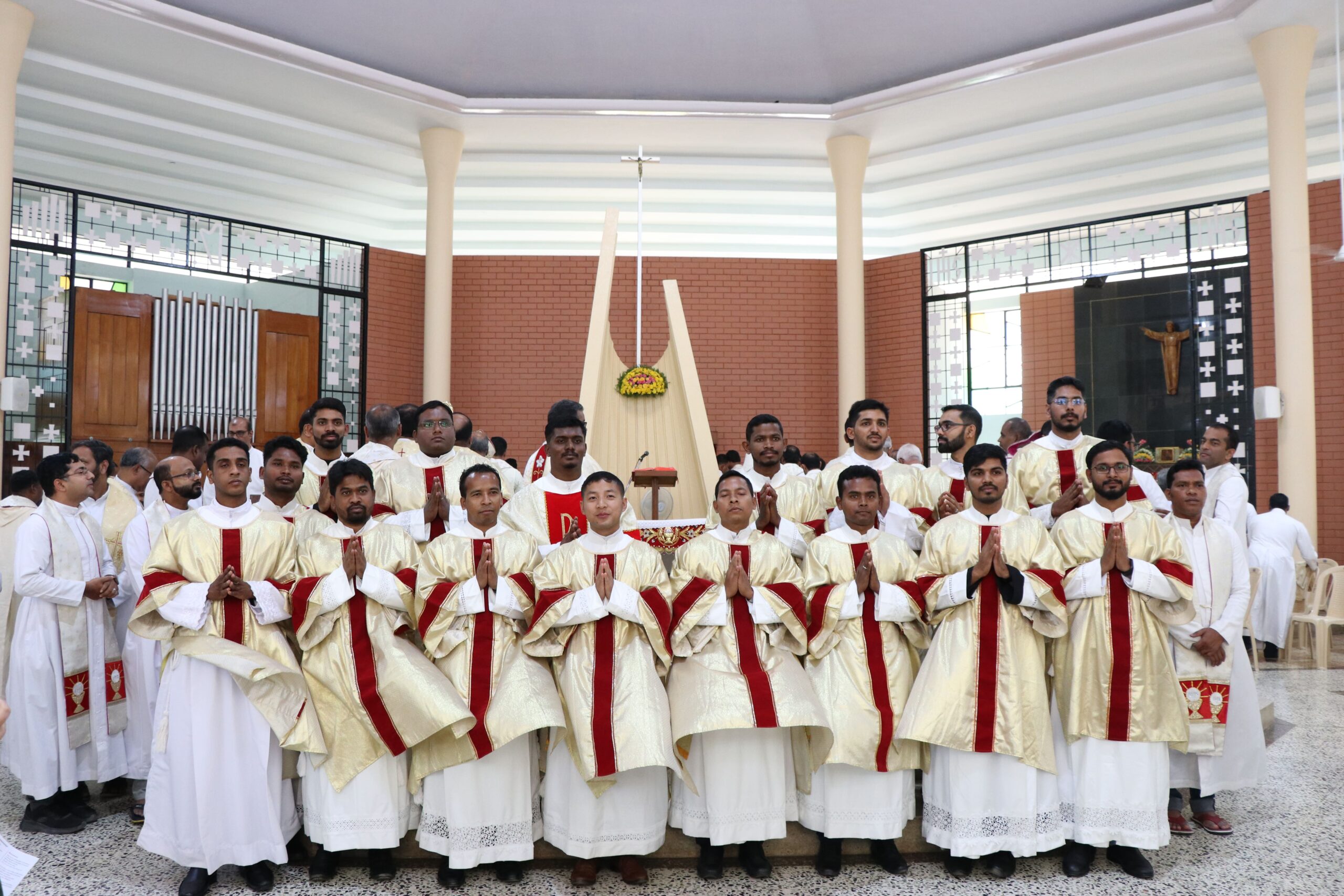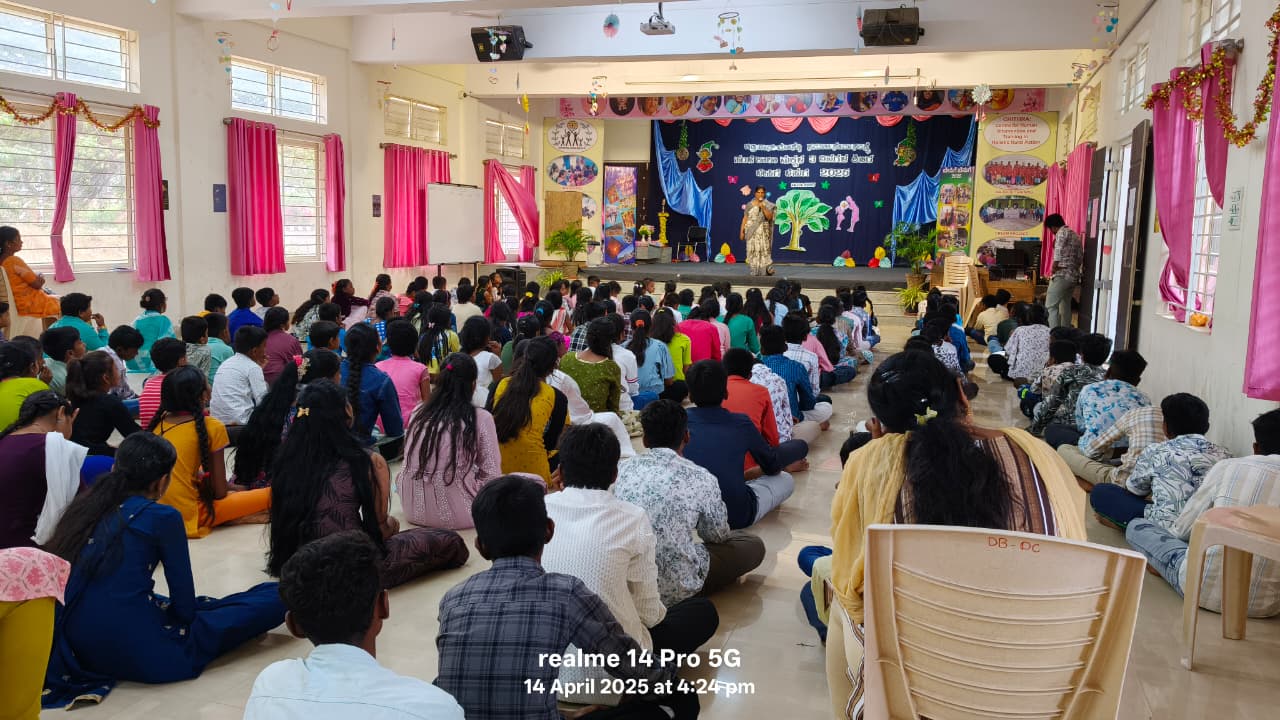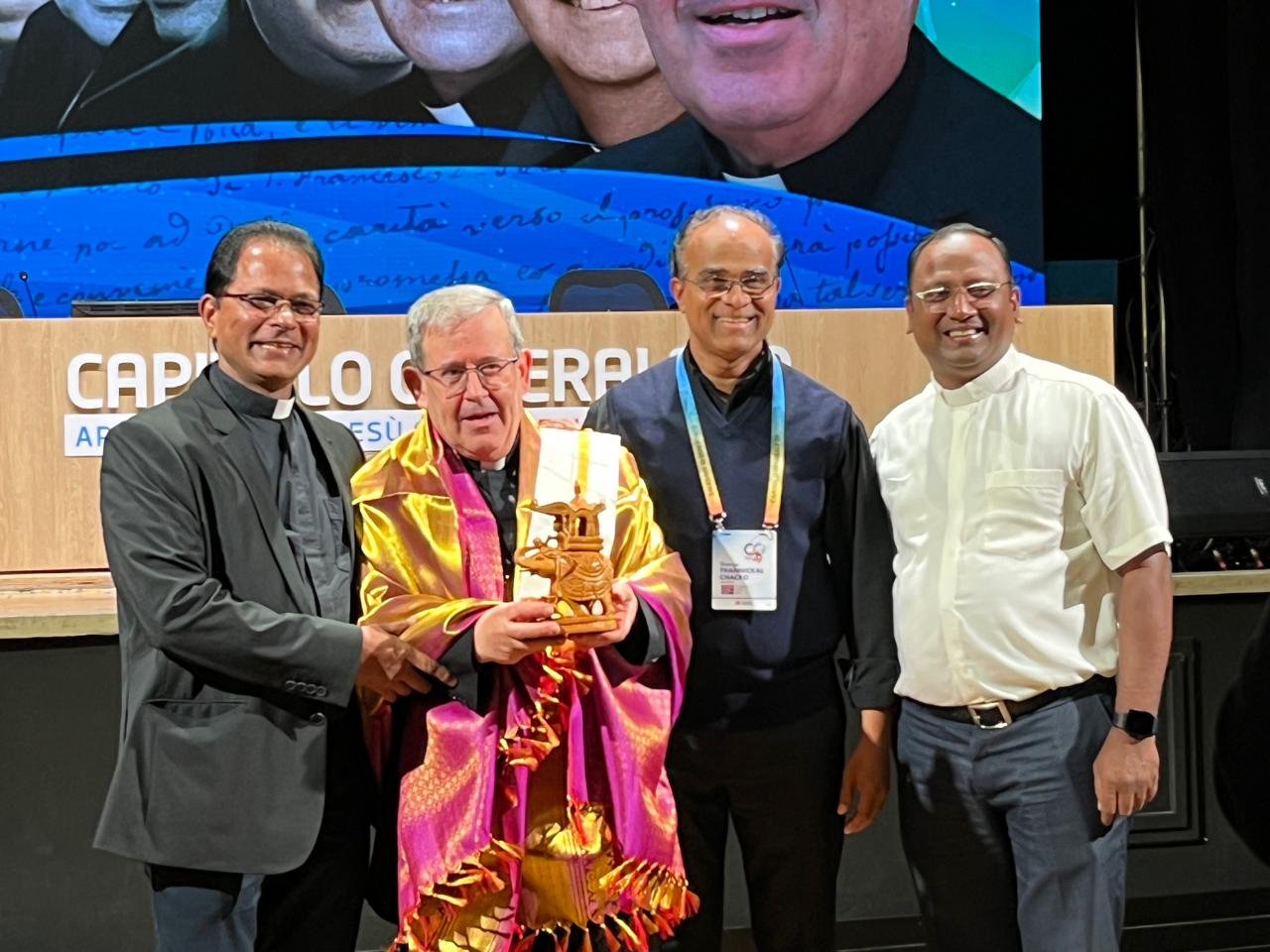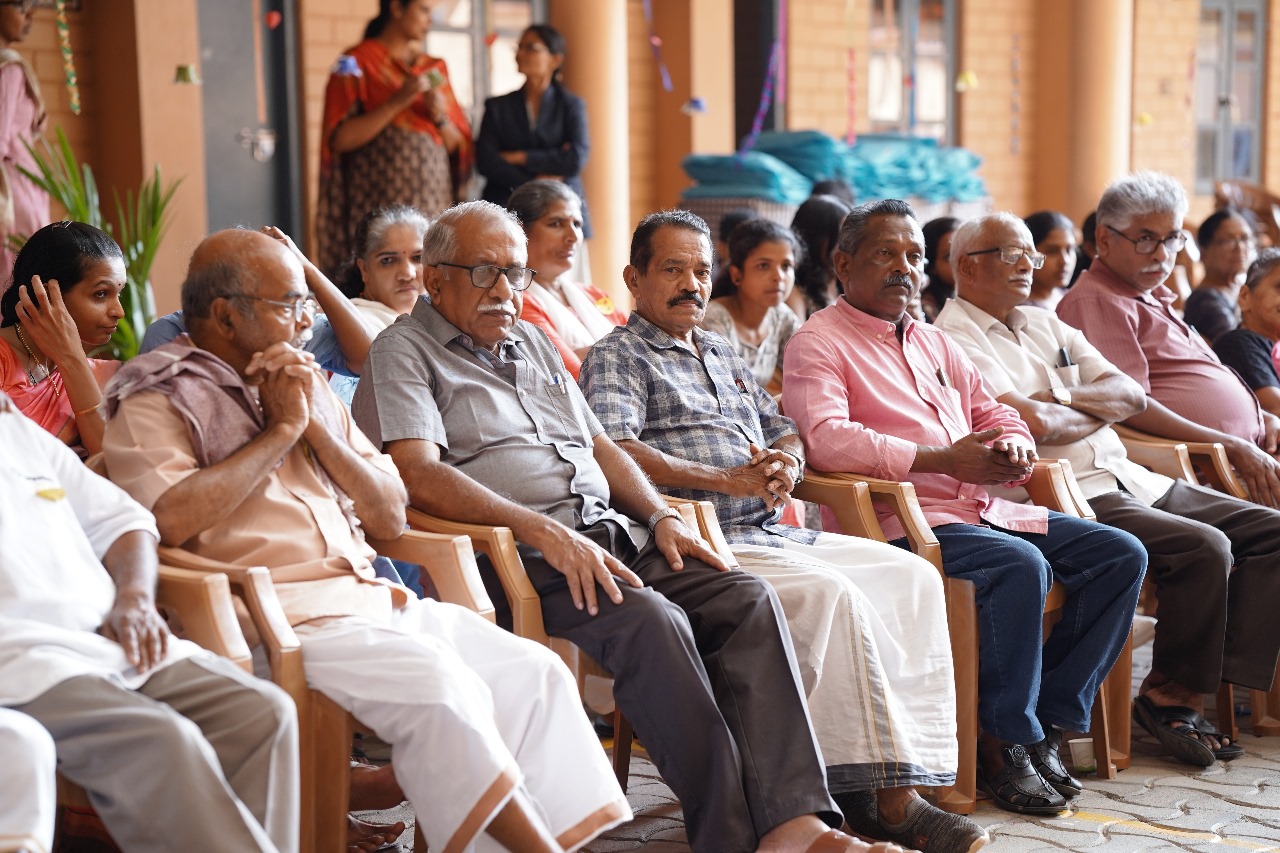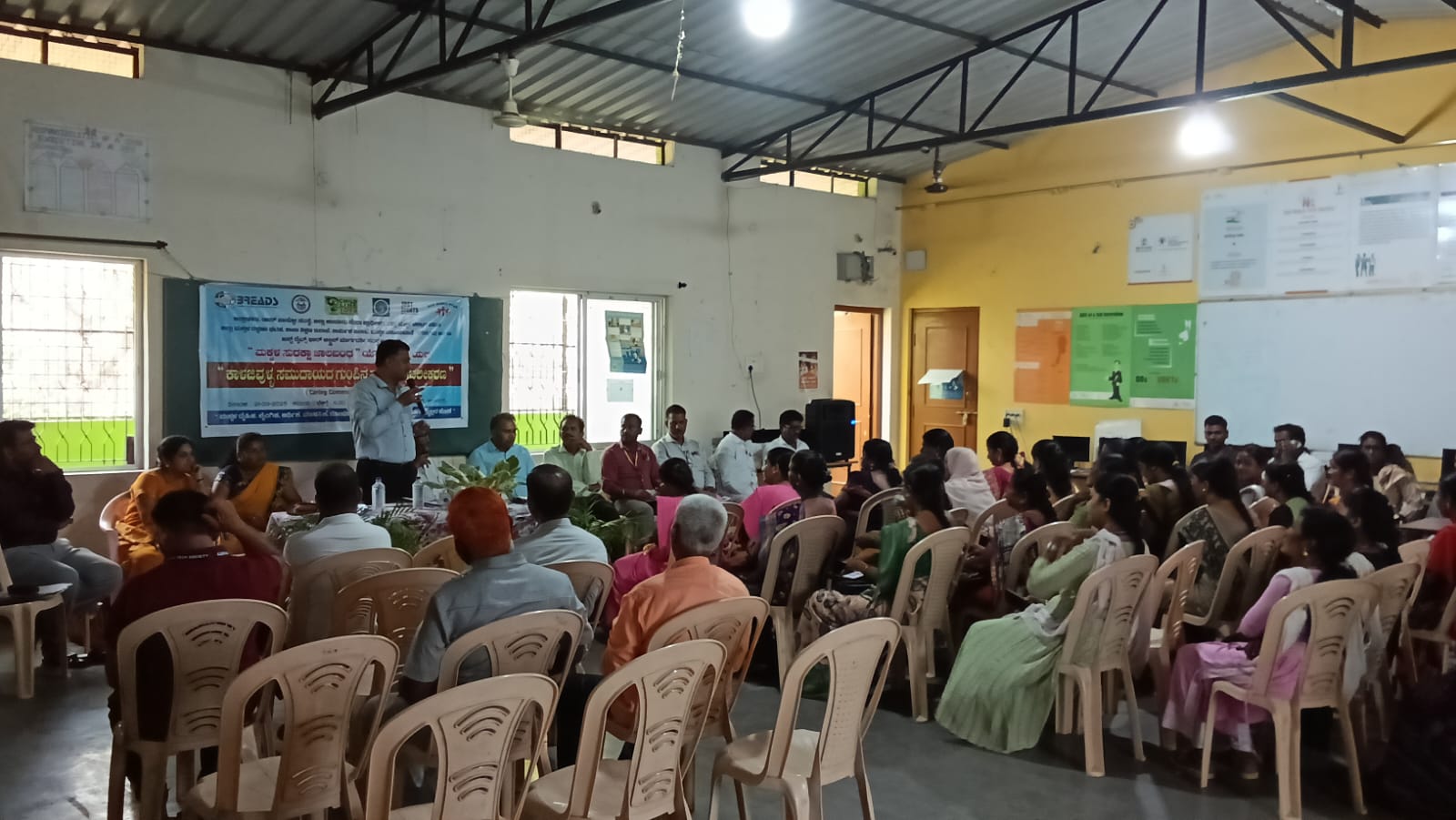
“ANCHORED IN HOPE, PILGRIMS WITH YOUNG PEOPLE”: STRENNA FOR 2025
Rector Major Ángel Fernández Card. Artime, who envisioned the Strenna, shared that the team discussing it had no hesitation in settling on the theme, as they believed it should align with the significant ecclesial event of the Ordinary Jubilee of the Year 2025, which Pope Francis announced in his bull Spes non Confundit (“Hope does not disappoint” – Rom 5:5). Therefore, in harmony with the Church’s journey through this great Jubilee, the Strenna titled “Anchored to Hope, Pilgrims with Young People” serves as an invitation to deepen, as Christians and Salesians, the “reasons for our hope”.
The Strenna also highlights the significance of 2025, when we will celebrate the 150th anniversary of the first missionary expedition of the Salesians of Don Bosco, as well as thestart of the Triennium leading up to the 150th anniversary of the first expedition of the Daughters of Mary Help of Christians. It calls for a renewal of the missionary spirit that not only defines the missio ad gentes but also characterizes every Christian and every community.
Hope is one of the fundamental aspects of human life. Without hope, we cannot survive. As Salesians, who work for the youth, one of the fundamental virtues we need to cultivate is hope. Optimism, joy, and hope characterize the Salesian mission. Hope does not disappoint, not because it is an illusion, but because it is rooted in Christ. Christ is the foundation of hope, the anchor of salvation, and towards Him, we walk in the company of young people, with our gaze fixed on heavenly reality. This is not to escape from daily life but to make it liveable for all by actively working as “good Christians and honest citizens”.
The very first article of our constitutions tells us that “from the active presence of the Holy Spirit we draw strength for our fidelity and support for our hope” (Con. 4). Again, article four states: “We walk side by side with the young so as to lead them to the risen Lord, and so discoverin him and in his Gospel the deepest meaning of their own existence, and thus grow into new men” (Con. 4).
Since we reflected on pilgrimage in the last circular, we shall now focus more on the aspect of hope.
Basis of our Hope
The Bible presents hope as a powerful and enduring virtue, deeply intertwined with faith and trust in God’s promises. It teaches that hope is not merely wishful thinking, but a confident expectation rooted in God’s faithfulness. Throughout Scripture, hope is a source of strength, especially during times of suffering or uncertainty, reminding believers that God is in control and that His plans for them are good (Jer 29:11). The New Testament takes the concept of hope even further, for ultimately, for a Christian, Christ is our hope (1 Tim. 1:1). Christian hope is anchored in the resurrection of Jesus Christ, offering the assurance of fulfillment and eternal life. Thus, hope encourages perseverance and joyful living, even in trials, as it assures us that ultimate victory belongs to God.
Drawing from Scripture, the Fathers of the Church emphasized hope as the confident expectation of God’s promises, particularly in the face of persecution and adversity. St. Augustine, for example, saw hope as “an expression of the soul’s longing for union with God, trusting in His mercy and grace.” Hope is born from faith and nurtured by charity. Hope is both a gift from God and a human response to His unwavering love, inspiring believers to live faithfully and with joyful anticipation of future glory.
There are some who believe that hope makes us passive in the face of adversity, as if one needs to wait for an external agent to act. This is contrary to the truth. Hope is a dynamic force. Marked by enduring joy, even in the face of life’s challenges, a hopeful person demonstrates spiritual maturity and strength of will to respond positively to the various vicissitudes of life.
Revisiting Spe Salvi
Spe Salvi (Saved in Hope), published by Pope Benedict XVI in 2007, offers beautiful insights into what we understand by hope. In fact, the encyclicals published by Pope Benedict XVI focused on core Christian virtues: Love (Deus Caritas Est), Hope (Spe Salvi), Charity (Caritas in Veritate), and Faith (Lumen Fidei), the last of which was eventually published by his successor.
The document Spe Salvi opens with the assertion that “in hope, we were saved” (Rom 8:24) and explains that Christian hope is not merely about worldly improvements or future progress, but rather the promise of eternal life and salvation in Christ. The encyclical discusses how modern society often places hope in science, progress, and political ideologies, which can lead to disillusionment when they fail to address humanity’s deepest longings. In contrast, Christian hope offers a confident expectation of eternal happiness and redemption. Pope Benedict wrote, “A world without God is a world without hope” (Spe Salvi, 44). The document also reflects on the role of prayer and the lives of saints, particularly those who exemplified profound hope in God. The Pope asserts, “The one who has hope lives differently; the one who hopes has been granted the gift of a new life” (Spe Salvi, 2), for hope is transformative, enabling Christians to endure suffering, pursue justice, and live in love.
Pilgrims of Hope: Discovering God, Oneself and Others
It must also be remembered that one of the essential aspects of any pilgrimage is self-discipline and penance. While one strives for an encounter with God, it is also a time when a person encounters their own self through such disciplinary and austere practices.
One could also speak of a third dimension of pilgrimage – getting closer to the community. This is especially true in Christianity. As Christians, we are not alone in life’s journey; we walk together.
The entire Church is seen as a pilgrim people, traveling together toward the kingdom of God. The Church, guided by the Holy Spirit, walks in hope, knowing that Christ has already paved the way through His death and resurrection. This shared pilgrimage fosters solidarity among believers, as they encourage one another to remain faithful and hopeful amidst life’s challenges. In this sense, the expression “Pilgrims of Hope” (plural) suggests the communal dimension. It points not only to the individual’s spiritual journey but also to the collective journey of the Church, trusting that, through hope, God will lead them safely to the fullness of His kingdom.
This becomes all the more important for us Salesians. Our ministry as Salesians is dedicated to offering hope to the youth, who are often broken, rejected, and hopeless. In this process, it is important that we keep this communal dimension clear in our pilgrim journey. It is together that we walk – with our confreres and the young. One could say that discovering God for us is done in and through community – in communion with our confreres and the young. Thus, in a way, they become the locus theologicus for us.
Young are Persons of Hope
The young are people who look to the future with confidence. They hope for the best in life. Their hearts are full of expectations and desires.
At the same time, there is also a growing sense of desperation among the young today. The uncertainty of the future and the fluidity of the market make it difficult for many young people to live a serene life. As the Rector Major points out, “It so happens that on many occasions the dreams of the young end up becoming frustrations because they are faced with high levels of stress and demands that end up being irrational.” Thus, the young go through conflicting feelings, ranging from confident trust to apprehension, from serenity to anxiety, from firm conviction to hesitation and doubt. Pope Francis states, “Often we come across people who are discouraged, pessimistic, and cynical about the future, as if nothing could possibly bring them happiness.” (Spes non Confundit, 1). As educators, we often experience the frustration that the young have on our campuses.
Together with the young, we need to discover that hope, which is anchored in the Lord, does not succumb in the face of difficulties. This can happen only if it is founded on faith and nurtured in charity. This would help us to journey as pilgrims, not aimlessly, but with a purpose, joyfully and authentically. We need to ensure that the foundation of our lives is not built on the sands of passing consumeristic principles but on the strong foundation of the values of the Gospel.
The stark facts of life don’t change: increasing threats of wars and violence, growing concentration of the world’s wealth in fewer hands, exclusivism and cultural bias, poverty and unemployment, etc. However, we need to dream high and teach our young to dream big dreams. We, as educators of the young, need to offer them a sense of purpose and hope. The example of hope given by Pope Benedict XVI in Spe Salvi is persuasive. He presents the life of St. Josephine Bakhita (c. 1869-1947), who was sold as a slave at a young age, suffered persecution under different masters, and was abused in all ways. After her liberation from slavery and conversion to Christianity, she discovered that Christ was not like her previous “masters,” but one who loved and cared for her (Spe Salvi, 3). Christ offered her meaning and hope in life.
Hope plays a central role in the Salesian mission, both as a virtue and as a driving force in their educational approach. Salesians create an environment where young people can develop their talents, discover their vocation, and cultivate a hopeful vision for their future. This personal and caring approach nurtures the virtue of hope, as young people are encouraged to recognize their potential and place their trust in God’s plan for them.
Through education, pastoral care, and community, the Salesian strives to guide youth in finding hope in their daily lives. Whether through vocational training, schooling, or catechesis, the Salesian’s presence among the young fosters an environment where hope is cultivated. By helping youth see beyond the challenges of their immediate circumstances, the Salesian encourages them to embrace a hopeful and faith-filled outlook on life, grounded in the love of Christ. In this way, the Salesian charism continues to shape generations of young people, guiding them toward a future filled with hope and possibility.
Missionary Pilgrims
The Jubilee Year 2025 coincides with the 150th anniversary of the first missionary expedition sent by Don Bosco to Argentina. Thus, the Jubilee Year runs parallel to the origin of a missionary charism that allowed the family of Don Bosco to reach far and wide. The Holy Spirit has helped us spread this charism in 137 countries.
The Rector Major, reflecting on the event, puts forth three verbs for our reflection: Recognize, Rethink, and Relaunch.
First of all, we need to recognize “what marvels the Lord has worked for us.” We must gratefully acknowledge that none of us, nor any of the institutions that today form the great tree of the Salesian Family, would exist had the Holy Spirit not given rise to our missionary charism and nurtured it through His graces. Here, we also recognize with gratitude the early Salesians who planted the Salesian mission in our own country, particularly in our province.
The second is to rethink and develop a renewed vision of the Salesian mission in the world today. The present challenges make us realize that we need to rethink our mission and focus on the genuine aspects of our charism and mission.
The third is to relaunch. Our story is not yet complete. As pilgrims of hope, we look to the future with confidence and renewed enthusiasm, ready to reach out to many more poor and needy, especially the youth. The Salesians are not pessimistic.
These three aspects help us forge ahead with courage and confidence. Difficulties and setbacks are sure to happen, but endowed with hope, we must be ready to face the new socio-politicalcultural scenario. Let us be front-runners and torchbearers in our apostolic creativity
Mary, the Star of Hope
Mary, often called the “Star of Hope”, is a powerful symbol of hope for Christians, guiding believers toward Christ, the true light of the world. Her life, from the Annunciation to the Assumption, reflects a deep and unwavering trust in God’s promises. She leads us toward Jesus, illuminating the path of faith with her example of hope and obedience.
Mary’s hope shines as a model for all Christians. She teaches us that true hope is not just about expecting things to turn out well but is rooted in the certainty that God’s promises will be fulfilled. St. Augustine described Mary as “the pattern of hope,” highlighting her trust in God even in the face of sorrow. Similarly, St. John Paul II called her the “Mother of Hope” because she believed in the fulfillment of God’s plan, even in the darkest moments. He said that at the foot of the Cross, her hope was tested, yet she remained the “woman of hope,” confident in God’s victory over death
Her hope was not passive but an active trust in God’s goodness, even when she stood at the foot of the cross, where hope seemed dim. Mary becomes the “Star of Hope” because she exemplifies how hope sustains the believer, even in the darkest moments of life. As Pope Benedict XVI wrote, “Mary, star of hope, we trust that under your guidance we will be capable of joyfully and courageously walking the path of faith” (Spe Salvi, 50).
Mary’s life reflects the hope of every believer – hope in God’s providence, mercy, and eternal salvation. As we look to her, we see how hope can sustain us through trials, leading us to trust in God’s promises, knowing that He is always faithful. Like Mary, we are called to respond to God’s will with trust and hope, believing that, in the end, His love and grace will prevail.
Wishing you God’s abundant blessings,
Yours affectionately in Don Bosco,
Fr Jose Koyickal SDB
Provincial
-
LENT: A JOUR...
29 March 2025 -
“ANCHORED IN...
14 February 2025 -
JUBILEE 2025...
08 February 2025 -
THE BIRTH OF...
08 January 2025 -
MONTH OF NOV...
13 November 2024 -
REDISCOVERIN...
13 October 2024 -
SYNODALITY A...
13 September 2024 -
INDEPENDENCE...
04 August 2024 -
THE SACRED H...
04 August 2024 -
THE SPIRITUA...
04 August 2024




